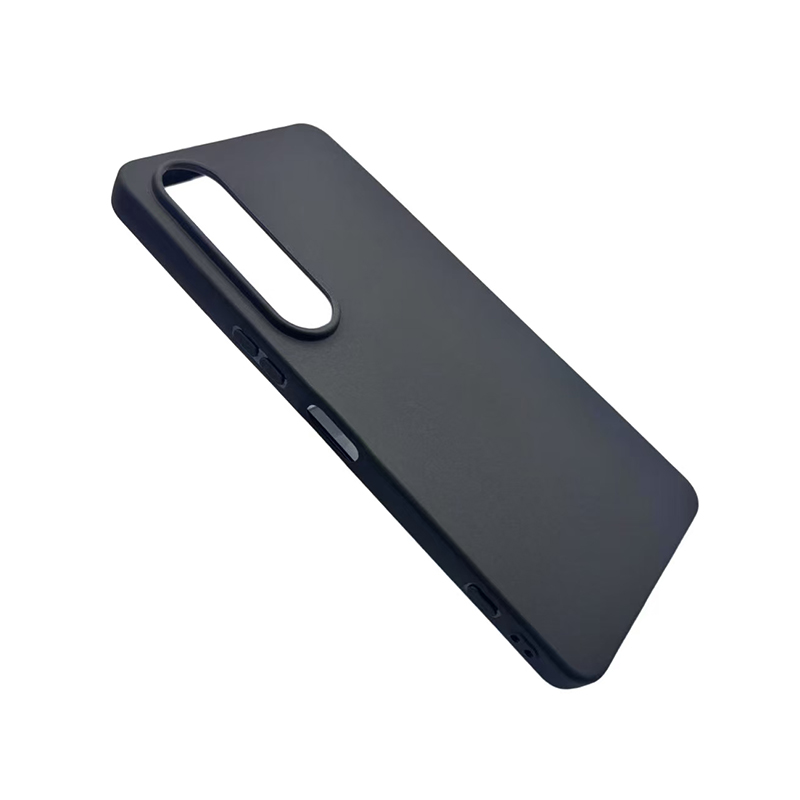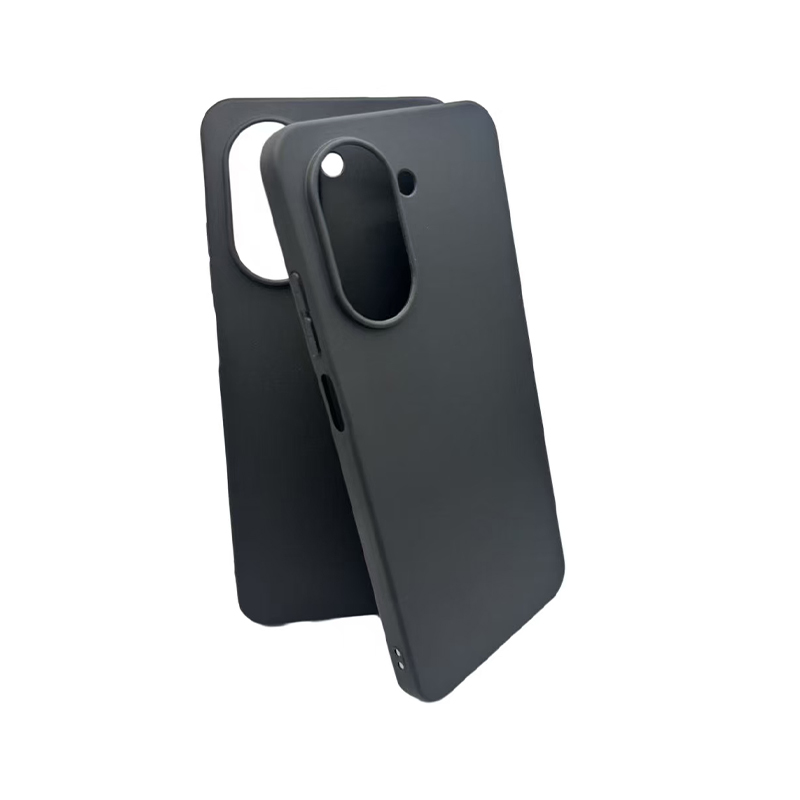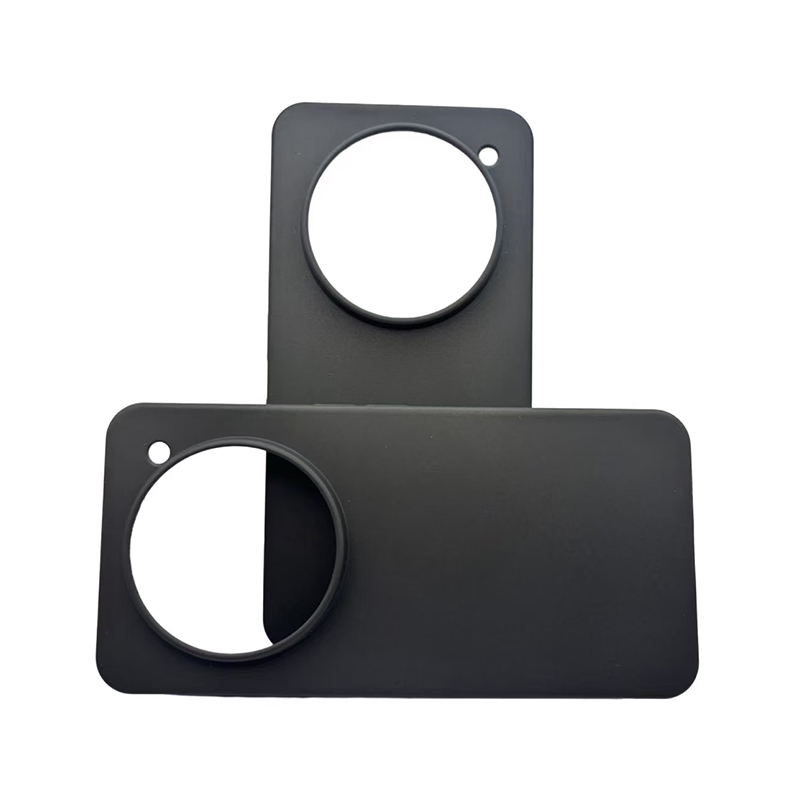How does mould development help companies meet the manufacturing challenges of complex parts?
Release Time : 2025-04-09
In modern manufacturing, as product designs become increasingly complex, the demand for precision parts is also increasing. Faced with these challenges, traditional manufacturing methods often fail to meet the needs of high-precision, high-quality and efficient production. Mould development, as a key technology, plays a vital role in solving these problems.
1. Achieving high precision and consistency
For complex parts, dimensional accuracy and surface finish are two very important indicators. Through advanced mould development technology, various parameters in the molding process, such as temperature, pressure and time, can be accurately controlled to ensure that each produced part has a high degree of consistency and accuracy. For example, in the aerospace field, some key components require extremely strict tolerance ranges, and this level of accuracy can only be achieved through precision molds.
2. Optimizing material utilization
Complex parts usually involve the selection and use of multiple materials. Appropriate mold design can not only ensure the quality of the final product, but also significantly improve the utilization of raw materials and reduce waste. For example, using computer-aided engineering (CAE) software to optimize mold flow design can minimize material consumption without affecting product quality. This is particularly important for cost-sensitive industries, such as the automotive industry.
3. Shorten product development cycle
Quickly responding to changes in market demand is the key to maintaining an advantage in a highly competitive market environment. The use of 3D printing technology and rapid prototyping in the mould development process can greatly shorten the time from concept to finished product. This enables companies to verify design concepts in the shortest time and quickly adjust design plans based on feedback, speeding up the introduction of new products to the market.
4. Enhance flexibility and adaptability
Complex parts in different industries have their own unique design requirements and technical difficulties. Modern mould development tools and technologies, such as CAD/CAM systems and CNC machine tools, give manufacturers greater flexibility and adaptability. Whether it is small-batch customization or large-scale mass production, the mould design can be adjusted to meet specific needs. In addition, modular mould design allows some components to be reused or replaced, further reducing costs and improving efficiency.
5. Improve product quality and reliability
Complex part structures often mean higher assembly difficulty and potential failure points. High-quality moulds can not only ensure the quality of the parts themselves, but also provide convenient conditions for subsequent assembly. For example, by optimizing the design of the mold cooling system, problems such as deformation or cracks during demolding can be effectively avoided; at the same time, reasonable mold structure design helps to simplify the assembly process and improve the reliability and stability of the overall product.
6. Promote technological innovation and development
With the continuous emergence of new materials and new processes, mold development is also evolving. The application of new composite materials and the advancement of additive manufacturing technology are driving mold manufacturing to a higher level. These innovations not only solve the many limitations faced by traditional molds, but also open up more possibilities for enterprises and promote the technological upgrading and development of the entire industrial chain.
In short, as a core technical means, mould development has shown great potential in helping manufacturing companies cope with the challenges of complex parts manufacturing. It not only improves product quality and production efficiency, but also lays a solid foundation for the long-term development of enterprises.
1. Achieving high precision and consistency
For complex parts, dimensional accuracy and surface finish are two very important indicators. Through advanced mould development technology, various parameters in the molding process, such as temperature, pressure and time, can be accurately controlled to ensure that each produced part has a high degree of consistency and accuracy. For example, in the aerospace field, some key components require extremely strict tolerance ranges, and this level of accuracy can only be achieved through precision molds.
2. Optimizing material utilization
Complex parts usually involve the selection and use of multiple materials. Appropriate mold design can not only ensure the quality of the final product, but also significantly improve the utilization of raw materials and reduce waste. For example, using computer-aided engineering (CAE) software to optimize mold flow design can minimize material consumption without affecting product quality. This is particularly important for cost-sensitive industries, such as the automotive industry.
3. Shorten product development cycle
Quickly responding to changes in market demand is the key to maintaining an advantage in a highly competitive market environment. The use of 3D printing technology and rapid prototyping in the mould development process can greatly shorten the time from concept to finished product. This enables companies to verify design concepts in the shortest time and quickly adjust design plans based on feedback, speeding up the introduction of new products to the market.
4. Enhance flexibility and adaptability
Complex parts in different industries have their own unique design requirements and technical difficulties. Modern mould development tools and technologies, such as CAD/CAM systems and CNC machine tools, give manufacturers greater flexibility and adaptability. Whether it is small-batch customization or large-scale mass production, the mould design can be adjusted to meet specific needs. In addition, modular mould design allows some components to be reused or replaced, further reducing costs and improving efficiency.
5. Improve product quality and reliability
Complex part structures often mean higher assembly difficulty and potential failure points. High-quality moulds can not only ensure the quality of the parts themselves, but also provide convenient conditions for subsequent assembly. For example, by optimizing the design of the mold cooling system, problems such as deformation or cracks during demolding can be effectively avoided; at the same time, reasonable mold structure design helps to simplify the assembly process and improve the reliability and stability of the overall product.
6. Promote technological innovation and development
With the continuous emergence of new materials and new processes, mold development is also evolving. The application of new composite materials and the advancement of additive manufacturing technology are driving mold manufacturing to a higher level. These innovations not only solve the many limitations faced by traditional molds, but also open up more possibilities for enterprises and promote the technological upgrading and development of the entire industrial chain.
In short, as a core technical means, mould development has shown great potential in helping manufacturing companies cope with the challenges of complex parts manufacturing. It not only improves product quality and production efficiency, but also lays a solid foundation for the long-term development of enterprises.







